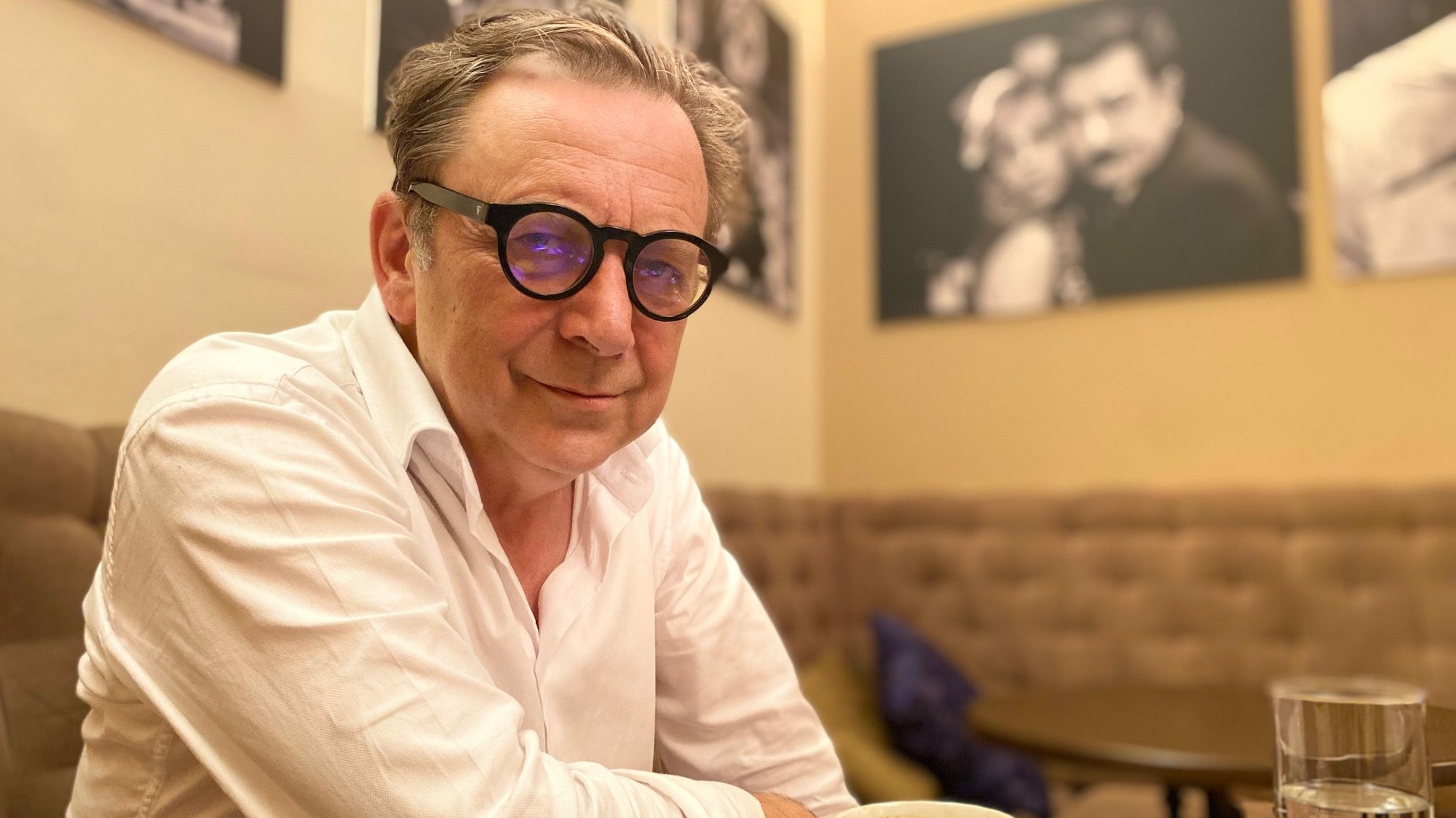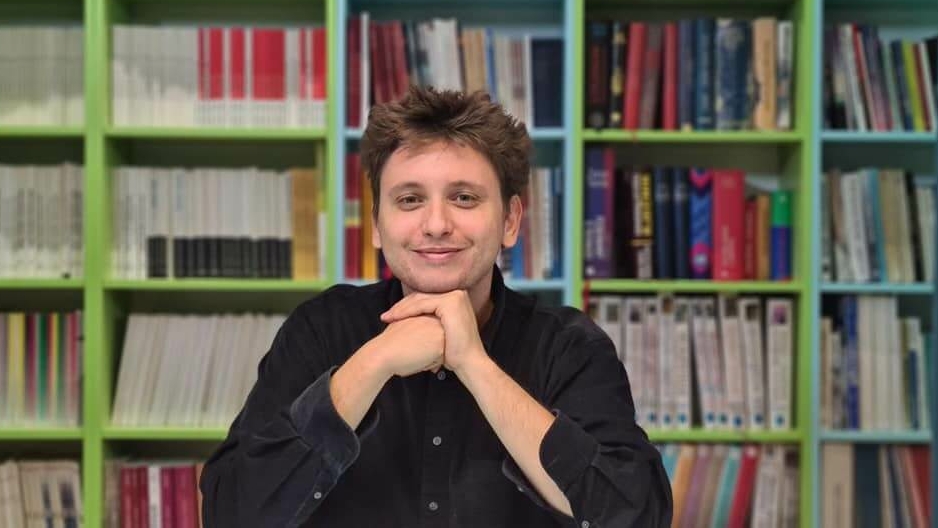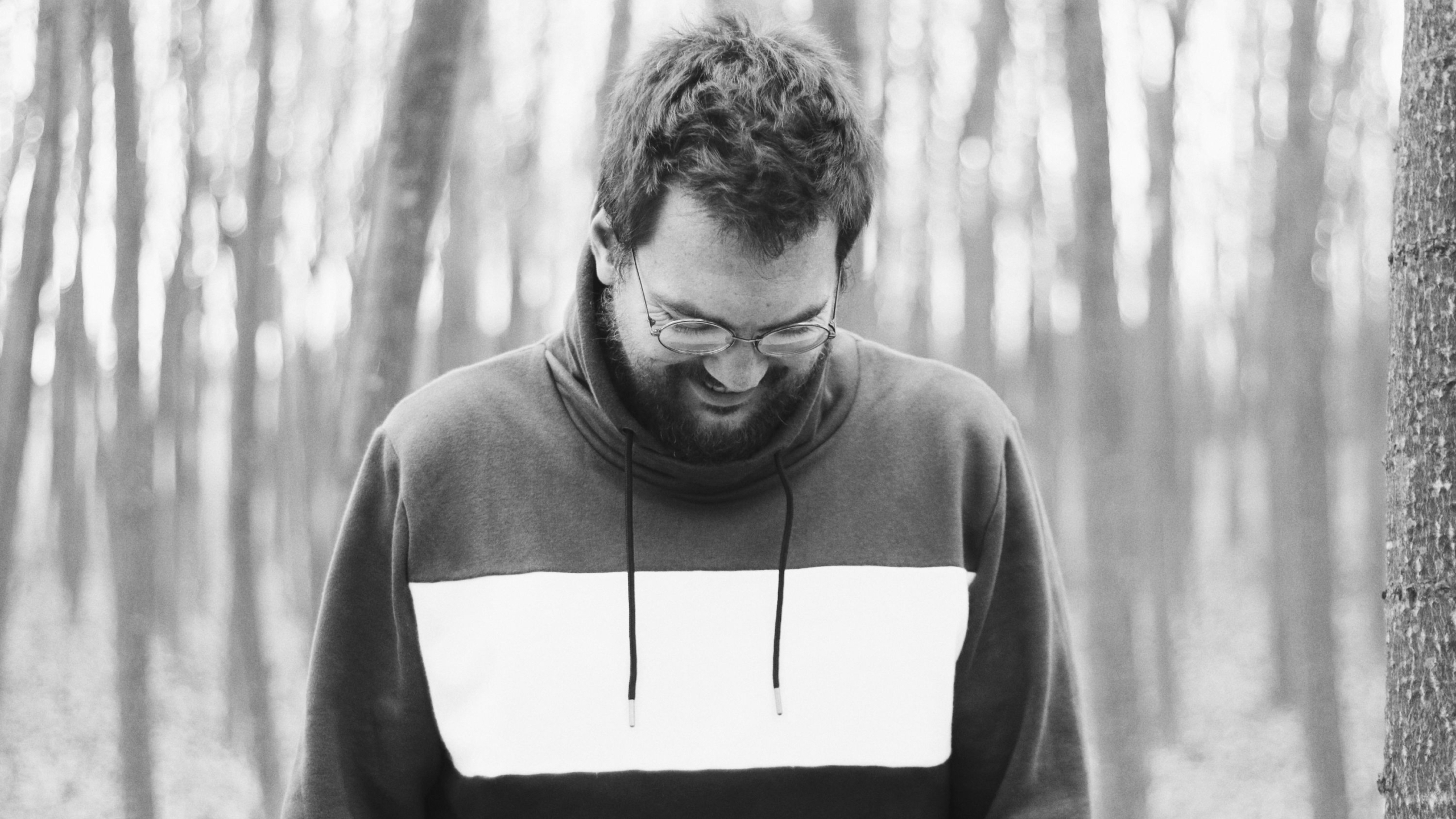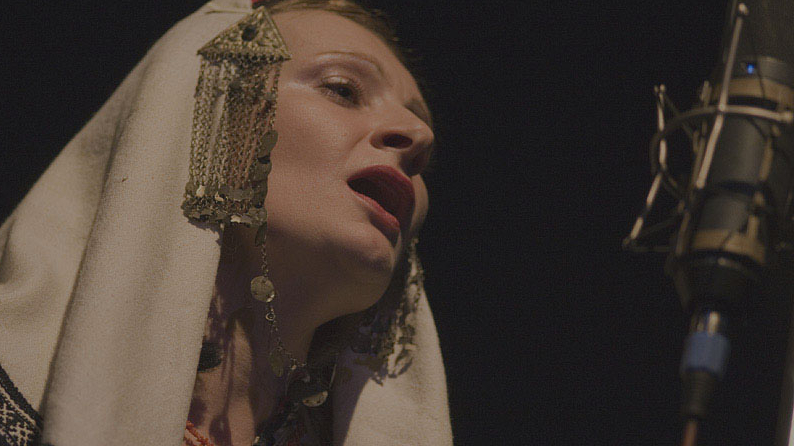We are proud of our cultural heritage in this region, but how much do we really care about it and how much do we really take care of it? We talked about it with Miljenko Domijan, a first-class conservator and long-time director of the Institute for the Protection of Cultural Monuments in Zadar. Mr. Domijan, originally from the town of Rab, seems to have merged with those ancient objects, aware that cultural heritage transcends many borders, that it belongs equally to “us” and “them” and that what is called “national culture” is actually a landscape of different pebbles that got there by a whim of fate or a game of history. The only important thing is to protect all of them, as our own children, wherever they come from, because we and those diverse pebbles make up a unity of man’s only existence on earth, sometimes magnificent, sometimes tragic.
It could be said that your many years of professional experience as a conservator in the protection of cultural monuments and the city of Rab are in a one-to-one relationship.
I could answer briefly: if I hadn’t been born in Rab, I wouldn’t be me. Even in childhood, my friends and I treated the city of Rab as some kind of living room. Rab was, so to speak, our “parlour”, a dining room, in which we moved freely. For our parents, the only important thing was that we learned how to swim, so that they wouldn’t worry. Other than that, the whole town was ours… And that’s how I grew up in Rab and Rab grew in me. My later job as a conservator of cultural monuments was a natural reflex of someone who constantly resided in that “living room”, woven from a superior cultural heritage over 2,000 years old. I am really grateful for that cultural material. On the other hand, the Italians would say quite brutally, with a kind of mockery, “nothing is left but that stone…”
What would that mockery actually mean?
It would mean that this cultural heritage, the old town of Rab, is now suffocating in primitive tourism, and when I was young the tourism was of much higher quality; it resembled the tourism the town was recognized for in the 19th century, for instance. The first European art lovers came to Rab at that time and one of them, the Austrian art historian Schleier, said that Rab was a “first-class combination of cultural treasure and natural environment”. The famous English architect Thomas Graham Jackson, who wrote about the beauties of culture on the Adriatic, also used to visit. He said that Rab was the most beautiful city in Dalmatia. Those Dalmatian cities, Split, Zadar, Rab etc. were in on a par with free Italian cities, which all developed from ancient Roman centres, through early Christianity, Romanesque to the late 19th century.
In his father’s footsteps
How did that “living room” of beauty on Rab grow in your heart?
Well, look, if we turn towards the sea, we will see the bell tower of the cathedral. Is there a more beautiful bell tower from the second half of the 12th century in the whole Mediterranean? There is not. Even if you don’t want to, in the city of Rab you have to bump into some ancient cultural monument at every turn. So even as a boy I met some peculiar people, enthusiasts, who were called conservators of cultural heritage. At first, I had no idea what it meant. Namely, since there was no permanent conservator of cultural heritage in Rab, my father, who was a constructor and stonemason, who built the city’s waterfront and some other sites on Rab, was appointed honorary conservator of the Rijeka Conservation Institute for the island and city of Rab. That’s when I met the late Branko Fučić, Vanda Ekl and our other precious researchers, and love for work was instilled in me whether I wanted it or not. My family were all anti-fascists, from concentration camps to the partisans, and when my father, who spent his whole life carving and building in Rab, passed away, I somehow had the need to continue where he left off. That’s why I enrolled in the Pedagogical Academy in Rijeka, Department of Fine Arts, and History of Art and Philosophy in Zadar. While I was still a student I got a job at the Institute for the Protection of Cultural Monuments in Zadar…
What does the city of Rab look like – as a kind of shell of architecture, art, urban functionality and sacred spirituality?
In the 12th century, Rab had three bell towers, one of which, as I said, is the most monumental on the Adriatic. Now the country is not able to preserve all of it, but boasts of guests and overnight stays, while cultural heritage becomes just a pendant of the vulgar tourism we have now. Rab has the head of St. Christopher as the protector of the city and the value of all those relics speaks of the wealth of the city. Someone wrote about Rab’s landmarks, with some pathos, and stated that they are the works of angels. It is quite important to point out that Rab has been a well-organized city throughout the centuries, which is also evidenced by its cultural heritage.
A reward from the Queen of Spain, but not from the neighbours
As a conservator, a heritage of over 2000 years constantly followed you…
I formally acquired the title of conservator in 1975 at the Institute for the Protection of Cultural Monuments in Zadar, where I was the director for many years. In the end, I received an award from the city of Zadar for a lifetime achievement for the restoration and preservation of Zadar’s cultural monuments and for their inclusion in the UNESCO World Heritage List, for which I am truly proud and grateful. I also received the Lifetime Achievement Award from the City of Dubrovnik because I headed the UNESCO Committee for the Reconstruction of Dubrovnik for 22 years, which I am also happy about. At one point I asked myself: my hometown Rab gave me so much, and what did I give back to it? At the time, the facade and roof of the Rab Cathedral were in danger of collapsing, the bell tower of St. Andrea was on the verge of disappearing, the remains of the Church of St. Ivan were in pieces, stucco in the Church of the Holy Cross was falling from the ceiling in large pieces… I really couldn’t allow that, and in the 1980s I started slowly restoring it all with my associates.
How helpful was the administration of the city of Rab?
The echo of the problem of the heritage that needed to be restored barely reached the Rab City Administration. For instance, the last major renovation was the Church of St. Justin, because it was also in poor condition, and along with that renovation, we wanted to restore the Rab museum of sacred art from the 9th to the 19th century. When the day of the presentation of that collection came, some people from the city administration appeared. They are generally nice people, but they were not from Rab, they were from surrounding areas. There is that classic frustration of the village in relation to the city, that’s also how Rab islanders feel. The city of Rab has always been a symbol of their centuries-old suffering. Among the islanders of Rab there is a saying that the city of Rab is “a stone wall that needs to be torn down”… If such a mentality exists on the island, how can you expect someone to step out and protect the city of Rab?
There is that ironic sentence from a play in the comedy Del Arte genre: it is beautiful everywhere, but it’s the worst at home.
The fact is that in such an environment I had to do something to preserve the monuments of my hometown. Restoration of the Church of St. Justin cost 5.300.000 kunas, of which the city of Rab did not provide a single kuna. We were the lunatics who had renewed the city of Rab and drawn all these funds from Zagreb and elsewhere, but not from the island. For the renovation of the Rab Cathedral, which was an incredibly risky job that included incorporation of new stone blocks on the centuries-old facade, I received the “Europa Nostra” award from Spain Queen Sofia but not from my neighbours… What else should I do to get some recognition from the citizens of Rab, so that I can die more easily?
Heritage is not for sale
You also received the Order of St. Sava, second class, of the Serbian Orthodox Church for the Reconstruction and Preservation of the Krka and Krupa monasteries in Dalmatia?
I was nominated for this job by two abbots of these monasteries, one of whom is now the bishop of Dalmatia, Nikodim, and the other one, Gavrilo, is a follower of my old friend, father Pavle Kozlica, abbot of the Krupa Monastery. In my opinion, the Krupa Monastery is the most significant Serbian Orthodox monument in Dalmatia, a cultural legacy of the first class located in Croatia, for which father Pavle, a truly precious person, even received the ZAVNOH (State Anti-Fascist Council for the National Liberation of Croatia) Award. I have worked on protecting these monasteries decades before the war. I founded a museum and gathered a collection of icons in these monasteries, and I was friends with many of their monks. And then came that evil, war, and I had to go to the Krupa Monastery regarding business. I remember the Krajina militia letting me pass; the monastery was in poor condition and I found father Pavle crying in it. I said to him, “Father Pavle, don’t cry, neither you nor I are to blame for this.” When the Croatian army arrived in front of the monastery, I told them: “Do not demolish this monastery. God is the same for both us and the Serbs.” This monastery survived the war and I am proud of that. Immediately after the war, father Pavle was transferred to the Žiča Monastery in Serbia. Then a madman came to him and told him that the Krupa Monastery had been burned. Father Paul died after two days of anguish and sadness…
Will the long-standing cultural heritage survive in this civilization in which nothing is older than two days?
When it comes to cultural heritage, I will say what I said 30 years ago: we have the right to fear. The heritage can only survive if it is part of man’s cultural identity, that is, if it is experienced by the integral part of man’s existence in space and time. The question is – who is thinking that way today? Are we going “sell” the heritage in the most primitive way to the Europeans that rush here in the summer or is the understanding that this heritage makes us parts of a particular civilization going to remain? This is a question about something I call global social morality, and in that sense I can only hope that these people, both locally and globally, will find their, to quote the writer Slobodan Novak, “lost homeland”… Or, as the Italian phrase says, “It is important not to die bitter.” In order for this to happen, one must have some broader perspective of the meaning of one’s life. With everything I did, I believe that I repaid this meaning. I hope that I have preserved the possibility of a boy or a girl appearing again in the future and seeing these walls, churches and bell towers as their own living room…
Translation from Croatian: Ivana Bojkić

This post is also available in: Hrvatski







